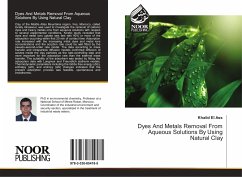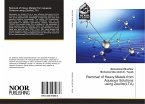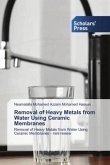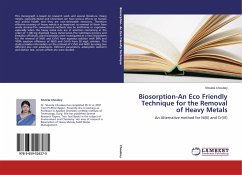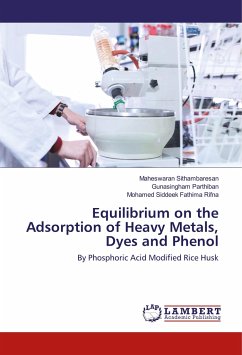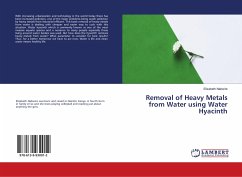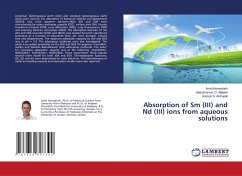Clay of the Middle Atlas Mountains region, Fes, Morocco, called locally Ghassoul, was used to investigate the removal of cationic dyes and heavy metals ions from aqueous solutions with respect to several experimental conditions. Kinetic study revealed that dyes and metal ions uptake was fast with 90% or more of the adsorption occurring within first 20 min of contact time. Adsorption rate increased with the increasing initial dyes and metal ions concentrations and the sorption rate could be well fitted by the pseudo-second-order rate model. The data according to mass transfer and intraparticle diffusion models confirmed diffusion of solutes inside the clay particles as the rate-controlling step and more important for the adsorption rate than the external mass transfer. The suitability of the adsorbent was tested by fitting the adsorption data with Langmuir and Freundlich isotherm models. Thermodynamic parameters including the Gibbs free energy (DeltaG), enthalpy (DeltaH), and entropy (DeltaS) changes indicated that the present adsorption process was feasible, spontaneous and endothermic.
Bitte wählen Sie Ihr Anliegen aus.
Rechnungen
Retourenschein anfordern
Bestellstatus
Storno

